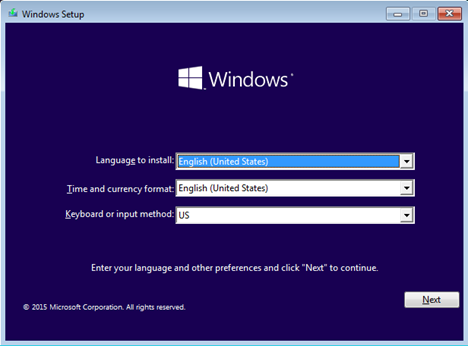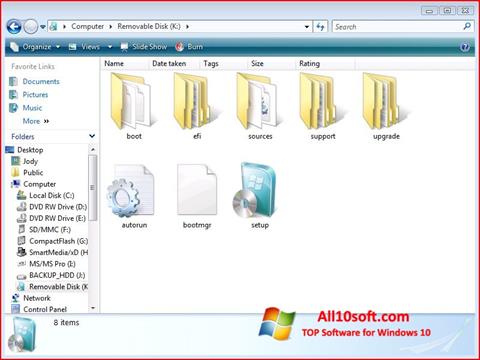

At the same time, portable devices like USB flash drive becomes popular due to their cheap cost and convenience, and there are many famous USB drives you can use, such as Kingston, Patriot, SanDisk, Verbatim, PNY, Samsung, Transcend, etc. Then the system will launch from that device every time.With the development of the economy and technology, digital data plays an important role in today’s life. unless you keep the boot media in the USB port. That won't be a problem since the BIOS will move to the next device in the boot sequence. In the future, your computer will first check the USB port for boot media when starting up.

If you do nothing, your computer will go to the next device in the boot sequence list, which will likely be your hard drive. Stay alert! Depending on your BIOS, you may be prompted with a message to "Press any key to boot from an external device", and you will only have a few seconds to respond.The computer will reboot using the new settings, booting from your USB drive.Save the change and then exit the BIOS Setup.In that case, you'll need to: Move Hard Drive Devices to the top, Expand to show all hard drive device options, Move the USB device to the top of that hard drive list. NOTE: If you cannot find USB or Removable Devices among the device options, your BIOS may list it under Hard Drive Devices.


The boot order tells the machine which devices to search for the software needed to launch the computer and the priority of each device in that search. That's because the BIOS settings include the machine's boot sequence when starting up. Starting your PC using USB rescue media is not difficult, although it first requires an adjustment in the BIOS (Basic Input Output System).


 0 kommentar(er)
0 kommentar(er)
